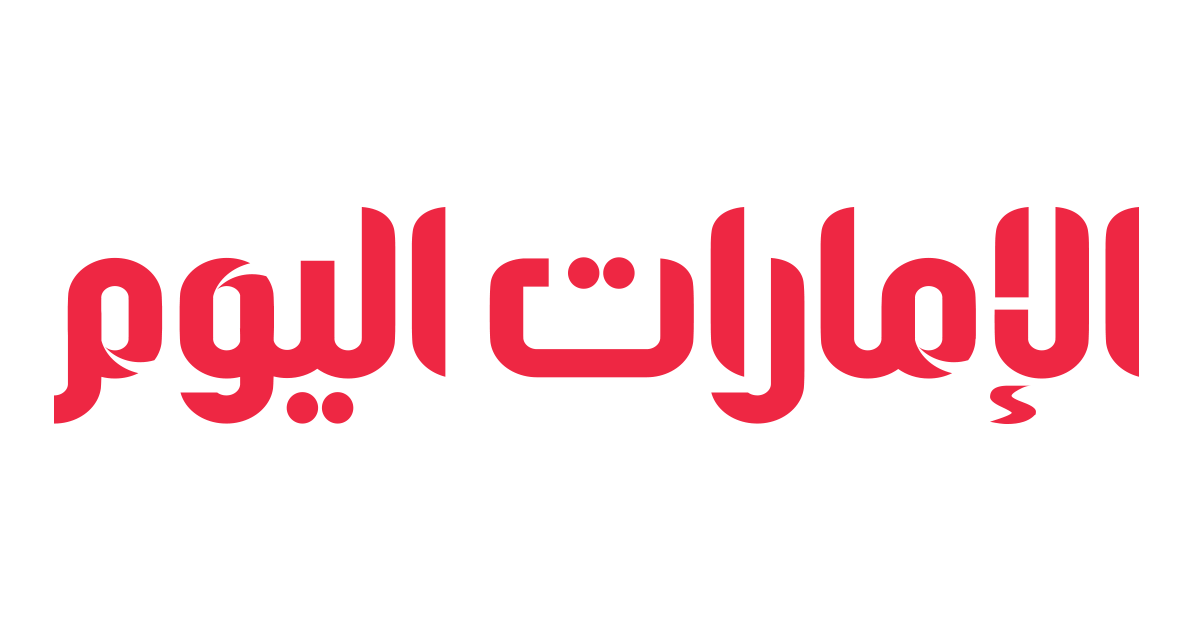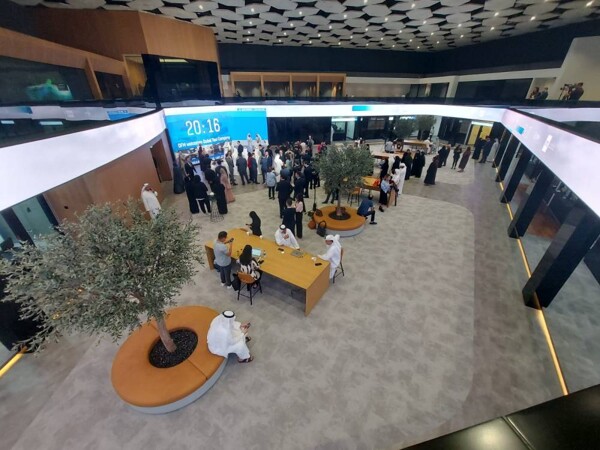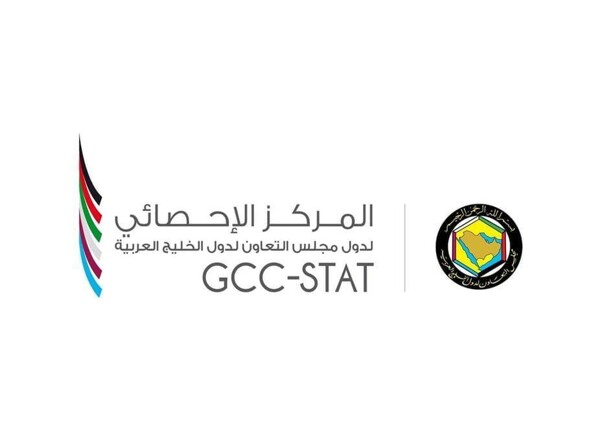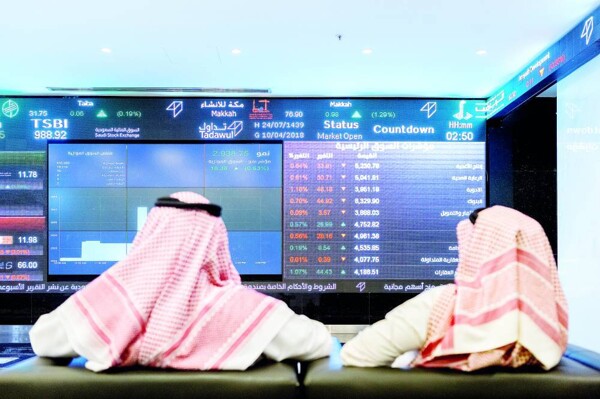
According to the data published by the Statistics Center of the Council for Arab States of the Persian Gulf, the total working population in the countries of the Council at the beginning of 2022 was 31.8 million people, which constitutes 54.2% of the total population. Men make up 78.7%, while women account for 21.3%. Workers among the citizens of the Council constitute 5.6 million people, which is 17.6% of the total workforce in the region. For men, it constitutes 60%, and for women - 40%. The number of employed women from the Council has increased by 600 thousand since 2011.
According to the data, the public sector remains a key employer for citizens of the Council, however, in the private sector, there are broader opportunities for their employment. For the workforce of the Council in the public sector, it comprises 83.5%, while in the private business sector - 14.2%. The countries of the Council implement strengthened policies for the nationalization of the workforce, prioritizing young workers and supporting the transition to environmentally clean workplaces.
The strengths of the Council are focused on the preparation of qualified national personnel, noting that education is fundamental for achieving sustainable development. According to the Statistics Center of the Council, the total number of students in general education in the countries of the Council for the 2021/2022 academic year was 9.3 million with an annual growth of 6.6% compared to 2018. Most students in education are found in public educational institutions (75%), while the total number of students in higher educational institutions of the Council in the 2021/2022 academic year was two million in 258 educational institutions.
The healthcare sector is one of the key sectors in the countries of the Council, as indicated by the data from the Center. The total number of hospital beds in the Council in 2022 increased by 8.9% compared to 2018, reaching 121.2 thousand beds. The number of doctors increased by 65.4% to 224.3 thousand, while the number of pharmacists increased by 46.8% to 69.4 thousand. The total number of recipients of medical services in the countries of the Council amounts to 561.9 thousand people.













